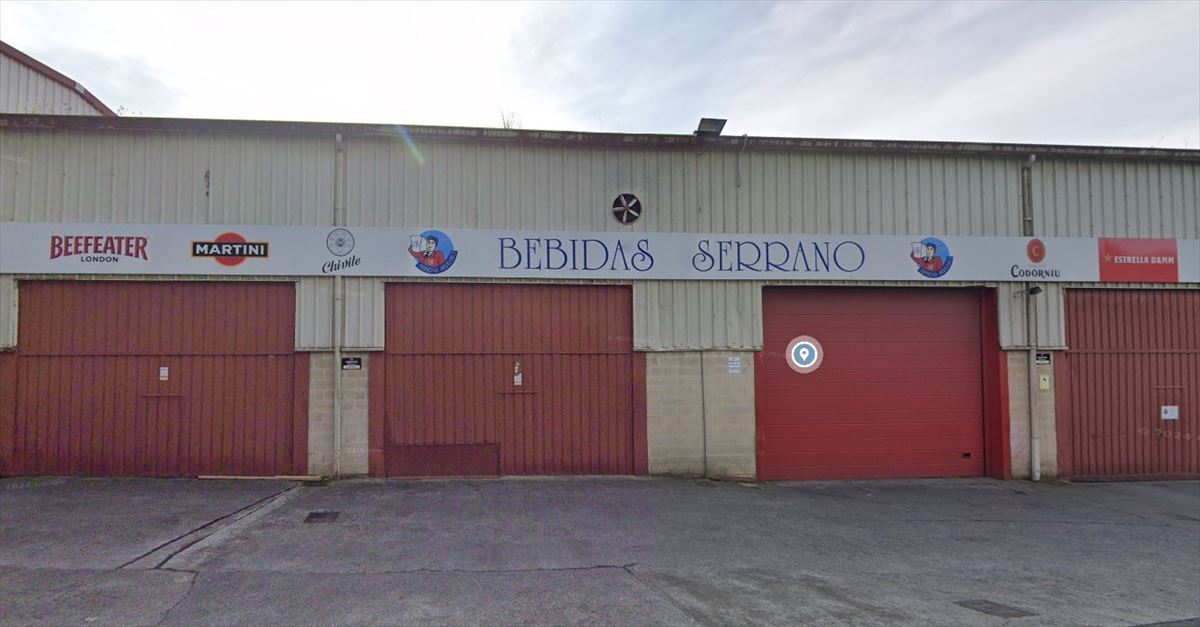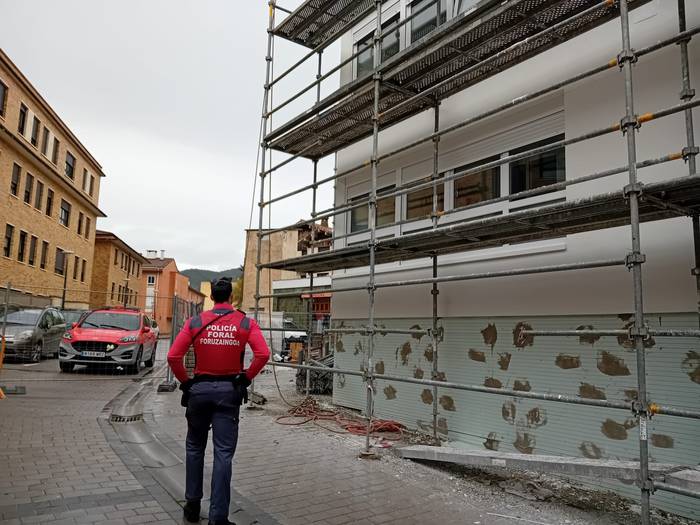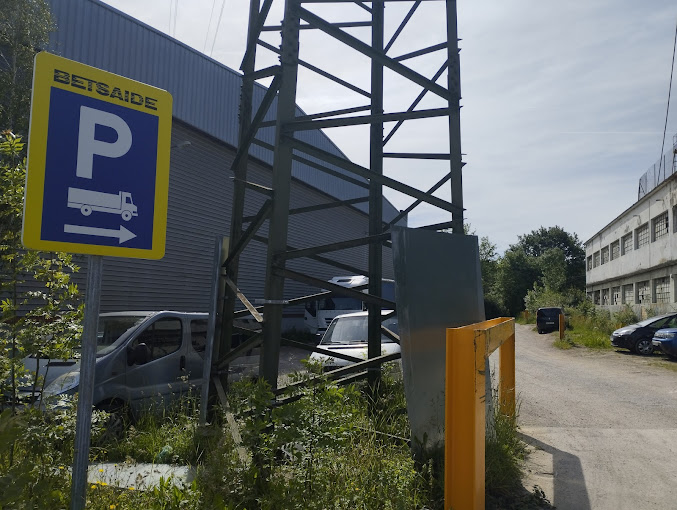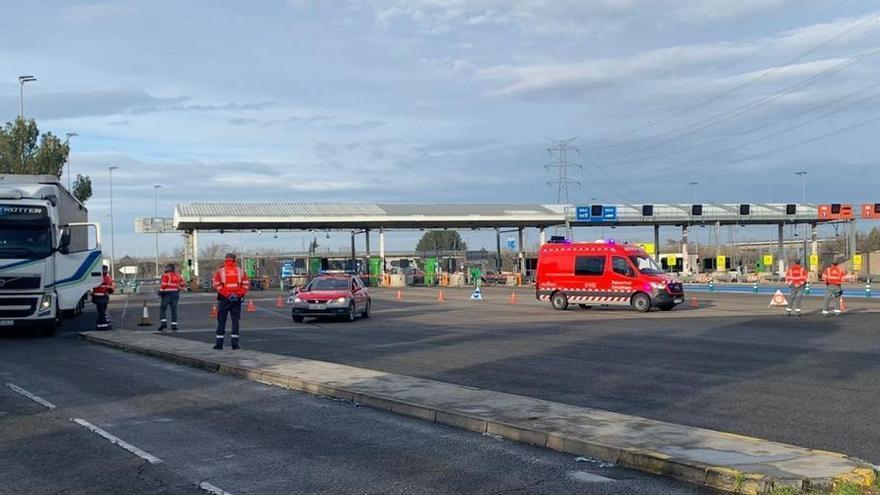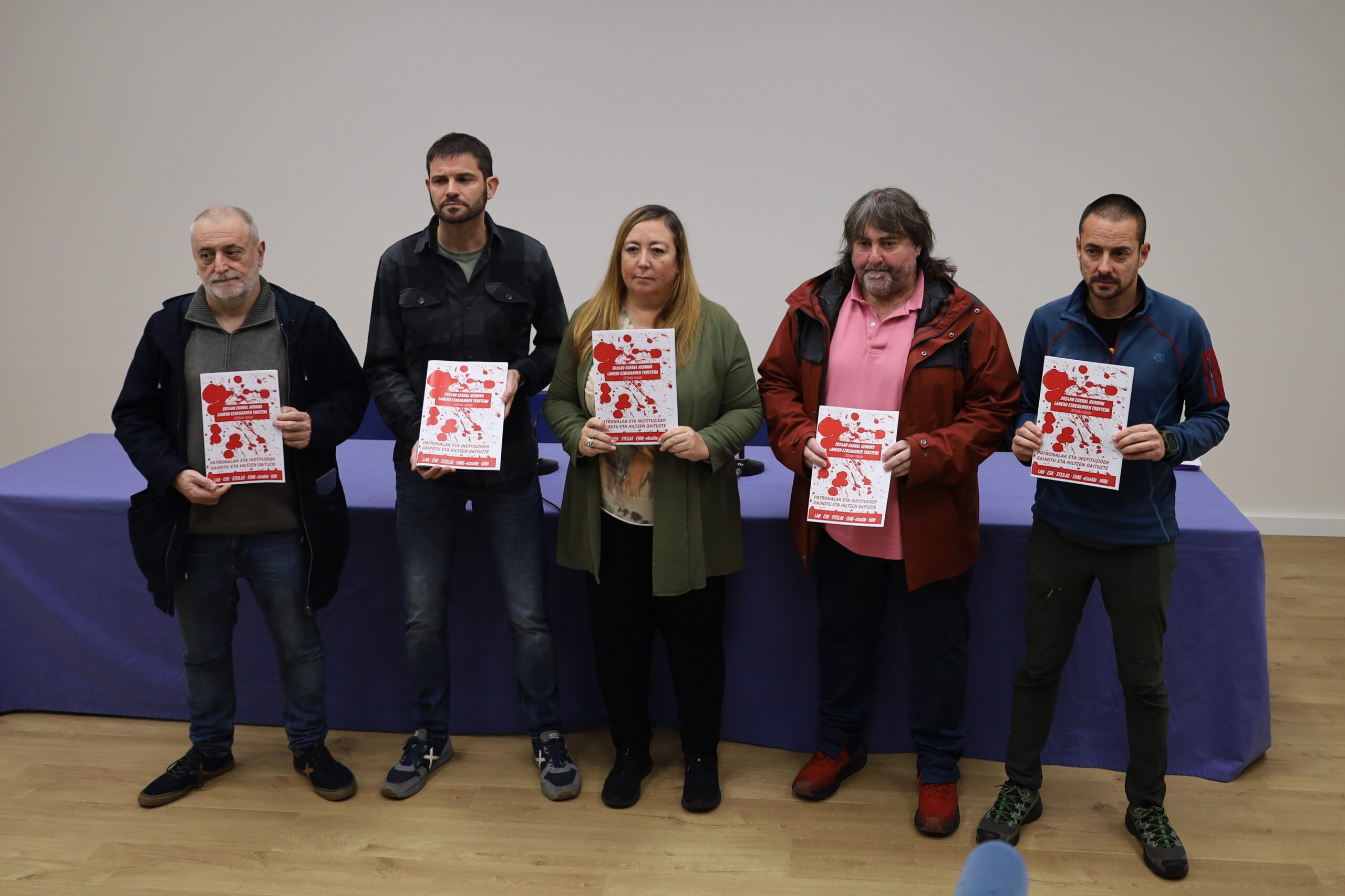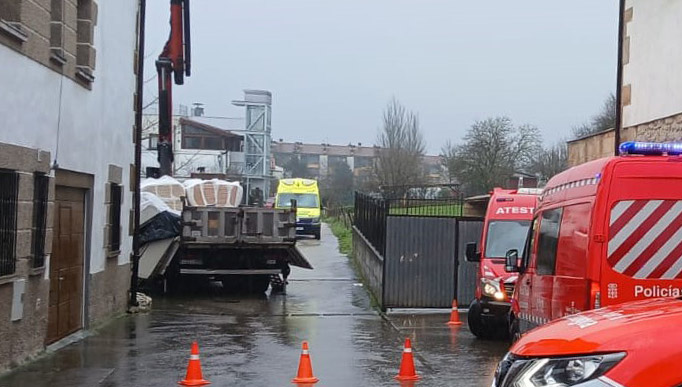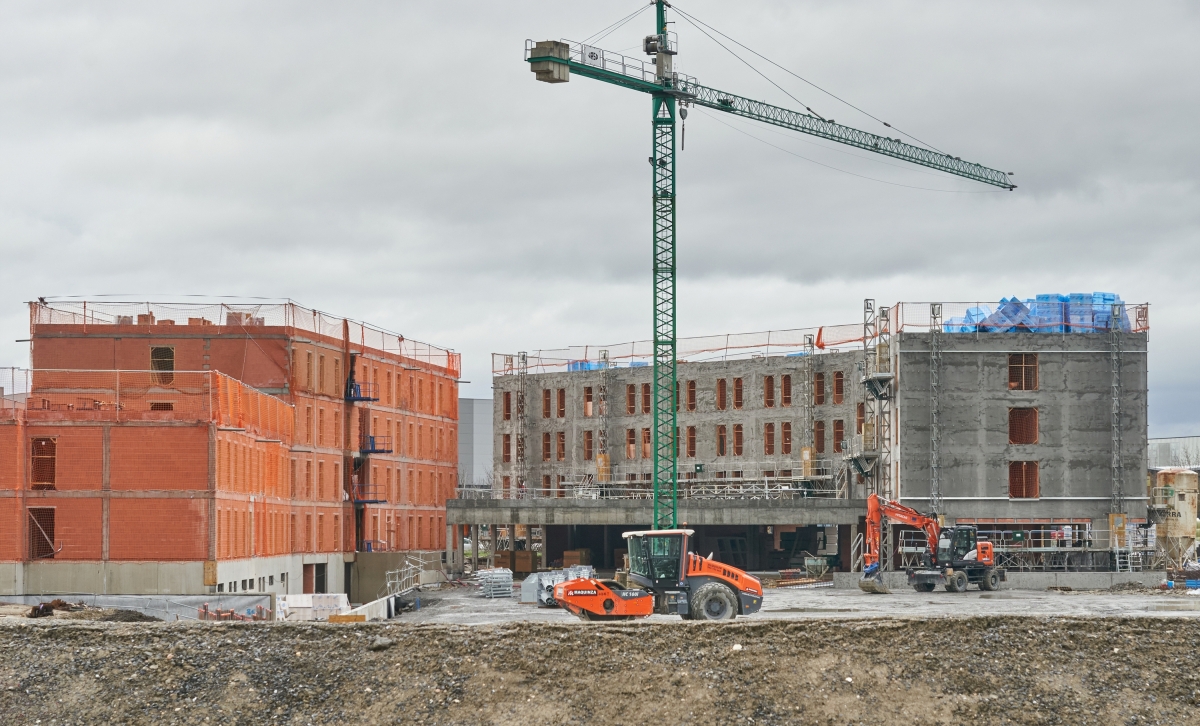LAB reports that the wage gap is higher than official data
- The union LAB and the Ipar Hegoa Foundation have published a study on the wage gap in Hego Euskal Herria. To show that the wage gap is deeper than the official data, wages corresponding to jobs of the same category are compared in feminized and masculinized sectors. The most extreme gap has been detected between the pawn in the warehouse of the construction of Gipuzkoa and the worker of the nursing home, with a higher wage of 90.30%. The report stresses that wages in the masculinised sectors are not high, but very low in the feminized sectors.

Data on the wage gap between women and men become central to the European Day for Equal Pay. As on 22 February, one more year, both institutions and the media have reflected in the wage of gender inequality. For example, at Emakunde's Tuesday hearing, it was stated that the wage gap in the CAV was 17.9%; in euros, a man charges 5,914 euros more a year than a woman, according to the average.
The union LAB and the Ipar Hegoa Foundation have carried out calculations of Hego Euskal Herria and published the data in a report entitled "Study on the wage gap in Hego Euskal Herria". From the data collected in the 2020 INE Wage Structure Survey, the average annual net wage between men and women was compared, obtaining an average gross wage of 32,645.74 euros for men and 26,442.20 euros for women. "This means that men earn an average of EUR 6,200 a year more than women*. In other words, the average wage for men is 23.5% higher than for women*," the report concludes.
Wage gap deeper than official data say
Beyond these data, the analysis conducted by LAB and Norte Sur shows a new dimension of the wage gap: the gap by sexual division of labor. They have even considered this aspect as the origin of the same wage gap: "Women* are devalued, they are works of lower value. We charge less for doing the same job, so we suffer structural discrimination because we are women*, that is, it is valued on the basis of who does it, not on the basis of the work we do".
In this sense, they stress that the "socially accepted" aspect is that of the wage gap, as it is considered logical that some jobs performed by men are better paid than others performed by women. Vertical segregation (payment of gender-different wages to workers in the same company) is perceived more clearly and facilitates the entry into force of countermeasures, but horizontal segregation (wage gap between professions in the same category) is not so easy to detect. In this regard, the report also analyses the wage gap between workers of the same professional category, stating that the level of the wage gap is higher than that reflected in official data.
To quantify the wage gap by sex, the collective agreements of the feminized and/or masculinized sectors have been compared. On the one hand, the agreements of the metal, road cleaning and construction sectors; and on the other, those of nursing homes, food industry and trade and building cleaning. In these sectors the "categories that can be homogeneous, that is, those in which similar works are performed" have been selected and compared. The result is a significantly higher wage gap than the official data.
The study detects greater inequality between the ordinary labourmarket of the Gipuzkoa construction warehouse and the ordinary labourmarket of the nursing home. Although both positions are in the same category, warehouse staff charge an extra 90.30%, with a salary almost double. In euros, the average annual salary of the person employed in the elderly's residence would be 16,870 euros and that of the warehouse of 24,512.59 euros.
Comparisons also provide other significant data. For example, in Álava the wages of construction workers is 82.73% higher than the wages of supermarket workers, in Bizkaia they charge 50.35% more than the workers of the adult residence, and in Hego Euskal Herria the wages of metal workers is 45.36% higher than the wages of adult residences.
"This doesn't mean the wages of the masculinized sectors are "very high." Conversely, the wages of the feminized sectors are "very low", said LAB feminist secretary Maddi Isasi.
According to the union, "today the fight against the wage gap is being done mainly at company level, but we believe that it is structural and that we must tackle it. At the local level, valuing the struggles that need to be done for business".
Trade union struggle, decisive
In addition to the above, the study offers the opportunity to look at other aspects. For example, from one territory to another, there are differences in the wages paid by workers for the same work. Reason: "The difference also depends on the correlation of forces, collective bargaining and union action. For example, in the case of nursing homes, the differences between countries are very important."
In this respect, the report makes it clear that the trade union struggle is fundamental to improving the conventions. However, they have nuanced that the value given to the struggles of both is different: "We would like to problematize why better results are obtained in the struggles of the masculinized sectors than in the feminized ones, which is directly related to the value given to each work. Given the lower value of the work we do women*, the fights to improve the conditions that are carried out in these works are also devalued (this is clearly seen if we compare the degree of current conflict in the feminized sectors with the results of those struggles)."
Zenbait urtetatik hona sarri entzuten dugun kontzeptua da zaurgarritasuna. Gaur gaurkoz, diskurtso politikoetan pertsona zaurgarriez aritzea ohikoa da. Seguru nago nik ere inoiz erabili dudala berba hori Bizilan.eus webgunean, eskubide laboralak eta prestazio sozialak azaltzeko... [+]
Economists love the charts that represent the behaviors of the markets, which are curves. I was struck by the analogy of author Cory Doctorow in the article “The future of Amazon coders is the present of Amazon warehouse workers” on the Pluralistic website. He researches the... [+]
Buñueleko (Nafarroa) kasuan, 34 urteko gizona makina batean harrapatuta geratu da. Arratzun (Bizkaia), aldiz, garabiak goi-tentsioko linea bat ukitu ostean hil da 61 urteko gizona.
Betsaide enpresan gertatu da, 08:00ak aldera. Urtea hasi denetik gutxienez bederatzi behargin hil dira.
2024ko laneko ezbeharren txostena aurkeztu dute LAB • ESK • STEILAS • EHNE-etxalde eta HIRU sindikatuek aurtengo otsailean. Emaitza larriak bildu dituzte: geroz eta behargin gehiago hiltzen dira haien lanpostuetan.
Jakina da lan ikuskariak falta ditugula geurean. Hala ere, azken egunotan datu argigarriak ematea lortu dute: lan ikuskaritzaren arabera, EAEko enpresen %64ak ez du ordutegien kontrolean legedia betetzen. Era berean, lehendakariordeak gaitzetsi du, absentismoaren eta oinarrizko... [+]








